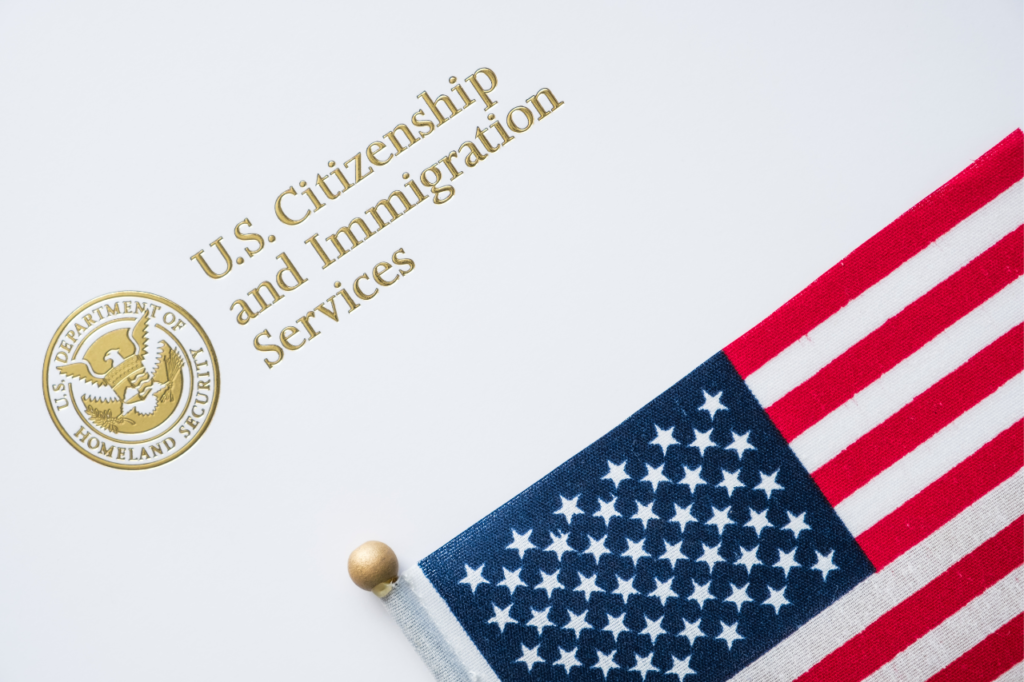Thinking about relocating to the United States? It’s an exciting prospect, but pursuing this dream can come with many challenges, especially with the legal processes you face after arriving. You might need to post bonds. If you paid an immigration bond for a deported immigrant and want to get it back, but aren’t sure how, I can help. Here’s a step-by-step guide to help you recover the bond, provided you meet certain conditions.
Understanding the Immigration Bond
To start reclaiming your immigration bond, let me first explain what an immigration bond is. You make a cash deposit to the Department of Homeland Security (DHS) to secure the release of a detained immigrant under specific conditions and to ensure their appearance in immigration court.
Immigration and Customs Enforcement (ICE) sets the bond amount either when they arrest the immigrant or during a bond hearing with an Immigration Judge. This bond serves as a guarantee that the individual will follow all court procedures and legal instructions, separate from actual deportation proceedings.
Meeting the Conditions for Bond Refund
To be eligible for a bond refund, several conditions must be met:
Attendance at All Court Hearings
One major requirement that needs to be met to qualify for a bond refund is that the detained immigrant must attend all immigration court hearings that were scheduled for him/her. This comprises obeying a deportation order by the immigration judge among other things. Another reason why it is necessary to maintain records of the immigrant’s court attendance is that it is important for the immigrant, the attorney, and the court.
Compliance with Court Orders
Besides attending court hearings, the immigrant must follow other strict provisions. They need to comply with court orders issued by the immigration judge, which may include reporting to ICE check-ins as often as instructed.
Initiating the Bond Refund Process
Assuming that you are now confident that the conditions for a bond refund have to be met then the next step of a bond refund can be initiated. Here’s how to proceed:
Form I-391 – Notice of Immigration Bond Cancellation
Instead of receiving an I-391 form of bond cancellation, the immigrant’s ICE representative should complete a notice immigration bond cancellation form starting with the sentence “By this notice, ICE hereby cancels” before completing the cancellation process of immigration bond and sending the notice to the obligor (that is you) and the Department of Homeland Security, Debt Management center.
Updating Your Address
The following is the notice (Form I-391) that will be issued to the current address on file for an RA: If you have relocated, ensure that you report to the authorities within that activity within 14 days of the day you paid the bond.
Gathering Necessary Documents
To complete the bond refund application, gather the following documents:
More particularly form I-391 is the notice that is used to indicate the cancellation of an immigration bond.
The documentation involves filling out Form I-305 also referred to as the bond receipt.
Form I-352, where appropriate and where the document displayed has been executed;
Completing Form I-395 (Affidavit instead of Lost Receipt)
In case of loss of the form you were provided with when filing the form I-305, you can use the form I-395, known as the Affidavit instead of the Lost Receipt. Fill out the form sign it where necessary and thereafter take it to a notary for its certification.
Mailing Your Request
Return the documents in the packet to the Bonds Section, Financial Operations, also recognized as the Debt Management Centre. Send it to the Bond Unit, PO Box 5000, Williston, Vermont 05495- 5000.
Waiting for Your Refund
After you have submitted all your important documents to the Debt Management Center, they will process your bond refund. If ever you entered immigration court you are subject to receive a refund of the original bond amount plus the accrued inter in the months or years that you into during immigration court.
Refund takes some time, and it may take up to three months before the funds are processed back to you. If you have any questions or concerns regarding your immigration bond refund, kindly forward your contact information and any other concerns to the Debt Management Center at 802-288-7600, then press ‘2.
Special Cases
In some situations, special conditions may apply:
Immigrant Leaving the Country
If the immigrant left voluntarily and had no other criminal allegations, they can apply for a bond refund only after ICE gets confirmation of their stay from a U.S. consulate or embassy abroad. Then, follow the same procedure as with other refund methods.
Defendant Not in Compliance with Bond
If an immigrant breaks bond rules, misses court dates, or skips ICE check-ins, ICE will consider them a fugitive. They will send ICE Form I-340, Notice to Obligor, requiring you to bring the immigrant for a check-in. Following this notice is crucial to avoid receiving ICE Form I-323, which indicates a bond violation and makes you ineligible for a refund.
While immigration bond money can be refundable, you must meet specific regulations and follow procedures to get it back. Keep records of the immigrant’s court appearances and follow court orders. Here’s how to navigate the process to ensure the refund ends up back in your pocket.
To sum up, it is equally extremely important to understand in detail the immigration bond, the requirements for bond refund, and the formalities to maximize the likelihood of regaining the immigration bond fee.
For more information or questions, contact the Debt Management Centre at the number below. Your determination and attention to detail can lead to a successful bond refund, providing some relief in the immigration process.





